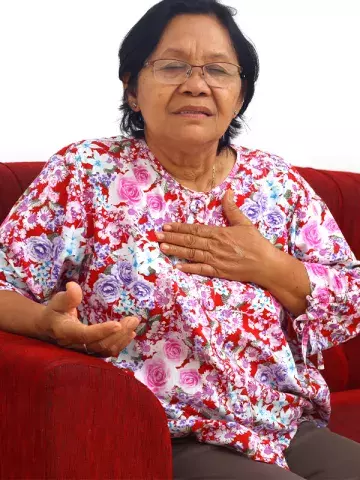The $12 billion cost of breathlessness in Australia
By Dr Emily Lathlean MB BS, FRACGP
A national survey of Australian adults aged 18 years and older has found that clinically important breathlessness was associated with greater healthcare use, reduced employment and higher societal economic costs, with an overall estimated societal cost in Australia of over $12 billion.
Nearly 10% of the 10,072 respondents in the nationally representative survey, published in the Medical Journal of Australia, reported clinically important breathlessness, and 30% of respondents reported mild breathlessness. Heart disorders, lung disorders and multimorbidity were reported by 10%, 16% and 50% of respondents, respectively, with researchers noting that there could be many conditions responsible for breathlessness.
About half of respondents had never smoked. The most frequently reported impairments among respondents with clinically important breathlessness were pain or discomfort (79%) and anxiety or depression (72%).
‘Breathlessness, even when mild, can have a significant negative impact on patients’ quality of life, with huge costs for the health system and economy,’ said Dr Anthony Sunjaya, lead author of the study and Honorary Fellow in the Respiratory Program at The George Institute for Global Health in Sydney. ‘Even so, close to one in three [people] with breathlessness are not seeking help.’
Respondents with clinically important breathlessness were more likely than those with mild breathlessness to report urgent and nonurgent GP visits and specialist visits. However, only 69% of respondents with clinically important breathlessness reported that they had contact with healthcare services regarding their breathing problem during the preceding 12 months.
The likelihood of being employed declined with increasing breathlessness severity. The overall likelihood of employment was lower for women than men and for respondents with two or more medical conditions.
The estimated mean annual healthcare and societal costs per person ranged from $1288 to $3405, and $1489 to $4653, respectively, with higher costs for respondents who also self reported lung or heart disease and respondents with more severe breathlessness.
‘We found the majority of those with breathlessness see their GPs first and in a far higher proportion than any other health professional,’ said Dr Sunjaya. He emphasised the importance of GPs in the screening, assessment and management of breathlessness, and said patients may not always be willing to disclose breathlessness because of its associated stigma.
The survey was conducted in 2019, before the COVID-19 pandemic, and the researchers estimated that post-COVID-19 sequelae may have resulted in an even higher prevalence of breathlessness.
Dr Sunjaya advocated for health professionals and community bodies to raise awareness about the importance of patients seeking help for breathlessness, and for the delivery of evidencebased management to bridge the quality of life impacts of the condition.
‘More research is also needed to develop new solutions and models of care for improved assessment and management of breathlessness in primary care,’ Dr Sunjaya said.


